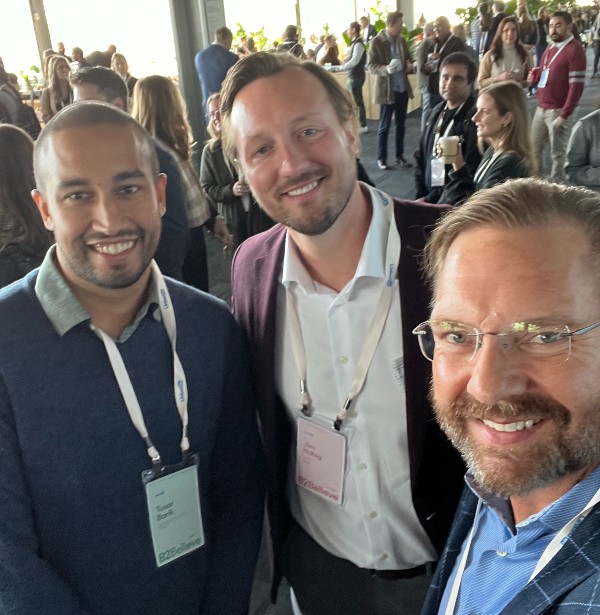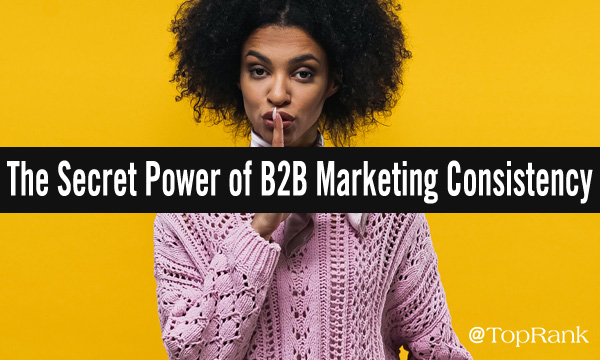LinkedIn #B2Believe and The Playbook for Promise Making in B2B Marketing with Jim Habig

By Lee Odden

How can marketers put promise making into practice? LinkedIn Vice President of Marketing, Jim Habig, shared the keys to the power of storytelling, the importance of creativity, and the exciting opportunity ahead for B2B marketers at LinkedIn’s inaugural B2B marketing conference, B2Believe in San Francisco last week.
Without a doubt these are interesting times and many B2B marketers are experiencing a challenging economic market. Jim challenged the 800+ marketers in attendance that we need to prove our value more than ever before.
Despite challenges of budget reductions, hiring freezes and an uncertain economic forecast, there is hope.
We B2B marketers can’t always get what we want. But if we try sometimes we will find, we can get what we need.
Sound familiar? Who knew the Rolling Stones had insight into B2B marketing tenacity?
With the current economic and business environment, B2B marketers are urgently seeking direction on how to survive and thrive. Many revert to the same old playbook of cutting and reducing marketing investments which often ends up being counter productive. Marketing is what keeps the pipeline of sales active and helps brands stay relevant when buyers finally become in-market for solutions.
So what is LinkedIn’s perspective? Jim shared that B2B marketers need to move from a product mindset to a promise mindset. We need to translate complexity to simplicity for customers and we need to unlock the promise of our brand.
So who do you do this? There are some basic building blocks for making a promise to your customer. Jim shared that a promise for brands needs to be 3 things:
Memorable – If you’re not memorable, you’re not worth being bought. Stories are one of the most effective tools for being memorable. Brand assets can also connect with customers subconsciously along with characters, catchphrases and jingles that sink into your brain.
Valuable – They key to making your promise valuable is in understanding your customer. The right buying situation is what makes your promise valuable. For example: when an IT manager needs a solution, what needs to change, and who needs provide buy in.
Deliverable – If you can’t deliver on a promise, don’t make it.
So what are some examples of these 3 in action?
The Naysayer’s Favorite Word from Commercetools
Promise: “When your legacy tech just isn’t up to the task”
A Smooth CRM for Rough Seas from HubSpot
Promise: “Treat customers like people not conquests.”
“The New Frontier” Super Bowl Ad from Salesforce
Promise “Look no further than our home planet.”
These brands make promises and they create memory structures to be more memorable. But we don’t need famous actors to become more memorable, valuable and deliverable. We simply need creativity, distinctiveness and the power of building memory.
LinkedIn is clear about it’s promise. LinkedIn Marketing Solutions is built for B2B and LinkedIn is investing in making a better world for B2B.
What’s your B2B brand’s promise? What are …read more
Source:: Top Rank Blog






